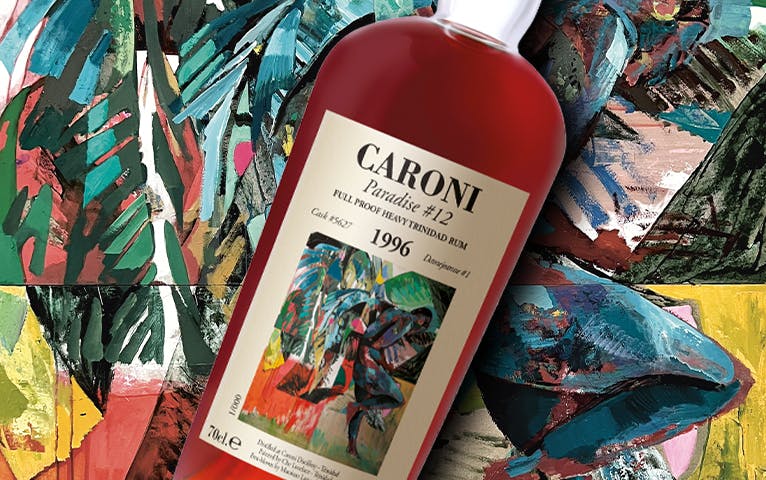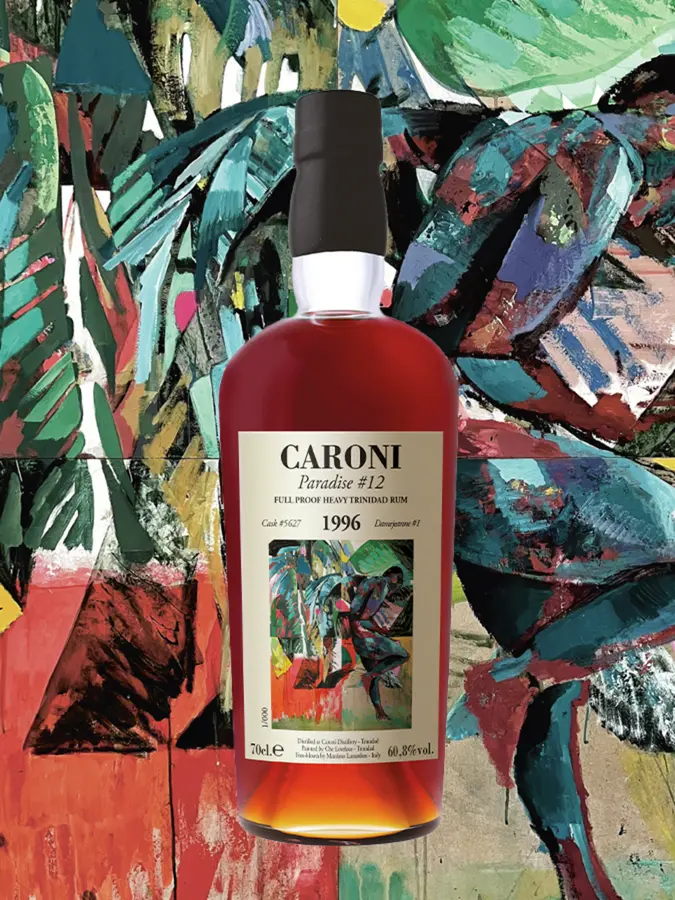Caroni Paradise #12


Caroni Paradise #12
Caroni distillery, located southeast of the Trinidadian capital of Port of Spain, has played an outsized role in the history of the country’s rum. Its name is shared by several topographical features—county, river, plain, and marsh—of this region of Trinidad and Tobago. The former British colony, which became independent in 1962, has been a major producer of sugarcane since 1787.
Though Caroni is often stated to have been officially founded in 1918, archival material confirms that rum was already produced on the premises as early as 1914. Purchased by British conglomerate Tate & Lyle in 1936, the Caroni sugar mill and distillery merged that same year with Esperanza—equipped with a column still—and progressively with other neighbouring estates: the Bronte (1955) and Woodford Estate (1961) plantations, as well as the St. Madeline Estate sugar mill (1962). During this era, Trinidad and Tobago was on the path to independence, with the ensuing political and economic shifts leading to the restructuring of local industries, including sugarcane and rum.
In the face of the Caribbean sugarcane market crisis, the state took over Caroni in 1975. The site was modernised in 1984, with a Blair double column and a pot still replacing the 1914 steel columns and 1936 wooden Coffey still.
The distillery was shuttered for good in 2003, putting an end to over a century of production. Silent, overgrown ruins, forbidden to the public, are all that now remain. The abandoned site has since been reclaimed by nature, an unreal atmosphere within which Caroni seems frozen in time. A few urban explorers have returned with stunning photographs, evidence of the estate’s industrial past.
Caroni Paradise pays homage to this history. An echo of Cognac’s ‘Chais Paradis’, the series is a collection of single casks from Caroni’s stores (1,388 casks), purchased by Velier between 2006 and 2011 and partly moved to Demerara Distillers in Guyana. In 2019, these rums were shipped to the Cognac region of France and transferred into demijohns. The collection was launched in 2001 with two single casks, and continues today with this new expression distilled in 1996 and illustrated by Trinidadian artist Che Lovelace.
